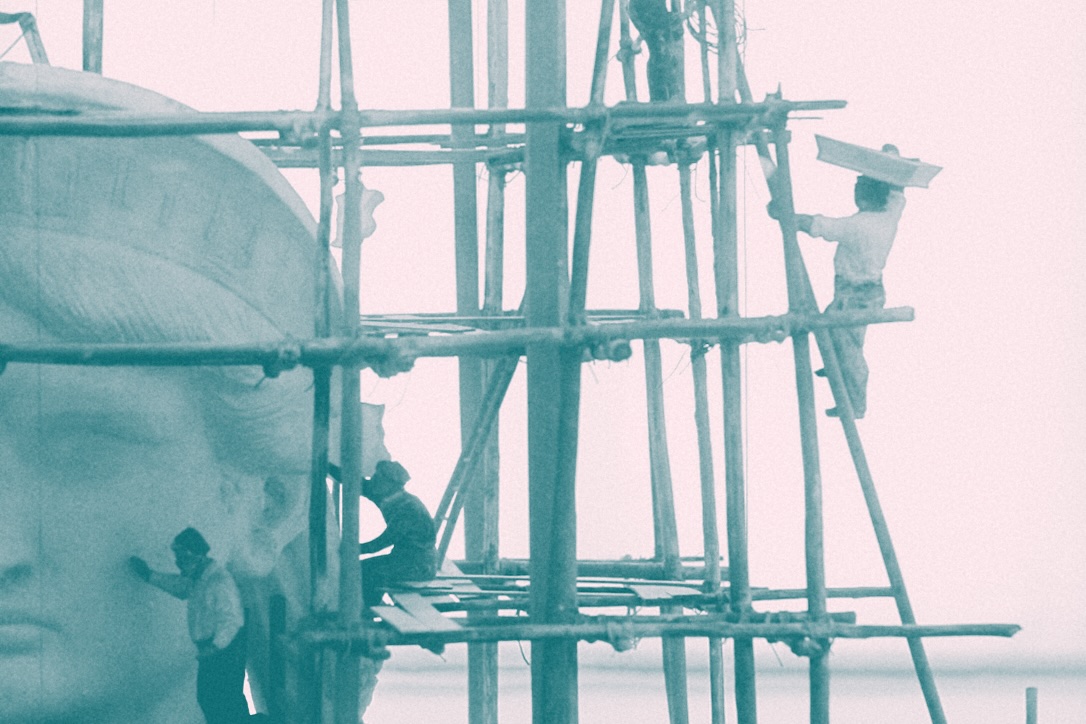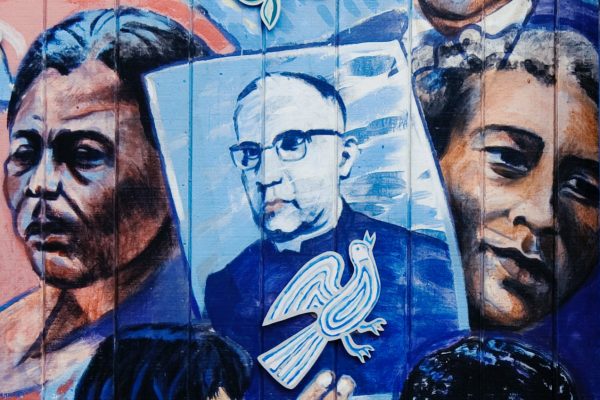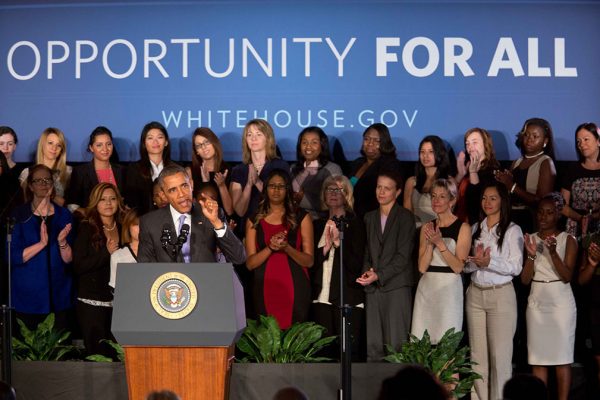Aziz Rana makes two interrelated points in service of generating a progressive and universal vision of American freedom. First, he illustrates that any effort to reimagine the domestic face of American freedom must contend with U.S. imperial power, which shapes and constrains the possibility for realizing any progressive project. Second, he argues that the left’s task is not one of simply broadcasting an alternative to the right’s exclusionary and domineering account of freedom but of building institutions in which citizens come to inhabit and experience their own political power.
I think he’s right, and in fact, one way to link the internationalism of the first point to the institution building of the second is to consider the task of political education, which has always been central to progressive and left institutions. Despite significant ideological differences, early twentieth-century political organizations—from the Industrial Workers of the World, the Socialist Party, and the Communist Party to the Black nationalist Universal Negro Improvement Association (UNIA)—were united in foregrounding this task. In the era of mass politics, the shared project of these otherwise competing political visions was how to transform the “mass”—a politically inchoate and socially variegated group—into a political agent, an empowered collectivity.
The education that this transformation required didn’t follow the prevailing model of classroom instruction, with the solitary teacher at the front of the room, drilling her students. It was instead a collective practice aimed at both arming the masses with the capacities for recognizing their place in the world and producing a new sense of themselves as agents capable of worldly action. In publications like the International Socialist Review and the Negro World, the organ of the UNIA, readers were inducted into an internationalist analysis that located working-class exploitation and racial hierarchy in a global frame.
Weeklies and monthly magazines of this kind did not simply disseminate a party line to passive recipients; they were folded into collective readings and debates. For instance, UNIA members frequently read out sections of the Negro World during their weekly meetings, thereby reaching members who were not literate while at the same time transforming the solitary exercise of reading into an occasion for collective engagement. Such practices were supplemented by study groups, debating associations, and elocution contests in which UNIA members honed their analysis of the global color line and practiced their capacities for political speech and action. In the broad socialist, anarchist, and communist milieu of the time, workers cohered into a working class in everything from labor schools to theater troupes.
Political education was not only an ideological project; it also helped members develop a sense of political and collective agency. Instances of mass assembly from the strike to the parade were the high points of forging a sense of political power. In witnessing oneself as a member of an empowered collective taking up public space and contesting political power, one came to experience the meaning of individual and collective self-rule. Equally important, however, were the everyday ways that parties, unions, and organizations provided occasions to practice capacities of organizing and leadership. Legendary organizer Sylvia Woods began her political education in the UNIA chapter in New Orleans, where her trade unionist father was a member. When she was just ten years old, in 1919, Woods began to attend weekly UNIA meetings with her father, who encouraged her to listen closely to the woman who opened each meeting. She later recalled that her father wanted her to “hear every word” and would ask her to repeat the speech when they returned home. “We have to have speakers in order to get free,” Woods’s father believed. Woods would recite the speech at home, mirroring the woman’s “voice, all of her movements, and everything.” This formative experience informed her later organizing efforts with the Laundry Workers Union and a United Auto Workers local.
Rana is right that a key site for reactivating institution building on the left must be labor unions, which even in their decline continue to play a significant role in working-class political education. Political scientists Paul Frymer and Jacob Grumbach have shown that union membership stems racial resentment among white workers. In addition to improving the material conditions of working-class life, unions also change the ways their members see the world. As a member of the graduate union at Yale, I saw this feature of labor organizing in action. The labor federation in New Haven included white-collar workers and graduate students, who were primarily white, alongside a predominantly Black local of custodial and dining workers and a community organizing arm led by queer youth of color. These experiences engendered new solidarities across lines of age, race, class, gender, and sexuality. Anyone who has participated in a labor organizing culture can speak to some version of this experience.
While struggling to expand and bolster union organizing through efforts like the proposed Protecting the Right to Organize Act, progressives and union organizers should also be concerned with deepening the political culture of unions—transforming the union hall into a multifaceted site of political education that is embedded in its members’ lives and a key part of the communities in which they live. We can learn from the UNIA Liberty Halls, party meetings, and union halls of the interwar period, where political education as an ideological and practical form of collective instruction was central to forging a sense of political power among working-class people. But the content and form of that political education must be reimagined for our own times.
The range of organizations involved in progressive political education during the interwar period also makes clear that the left needs to rethink other membership-based organizations. The Movement for Black Lives and the Bernie Sanders campaign have contributed to the proliferation of new organizations such as Rising Majority and energized older formations like Dream Defenders and the Democratic Socialists of America. We should continue to imagine how these organizations can embed themselves in everyday life and provide occasions for members to reimagine their world and their place within it. To realize the progressive vision of freedom as self-rule that Rana calls for—“a mastery over one’s own life and a central role in shaping the direction of collective arrangements and institutions”—we have to build and multiply the institutional spaces in which working people instruct themselves in the analysis, habits, and practices of that self-rule.








